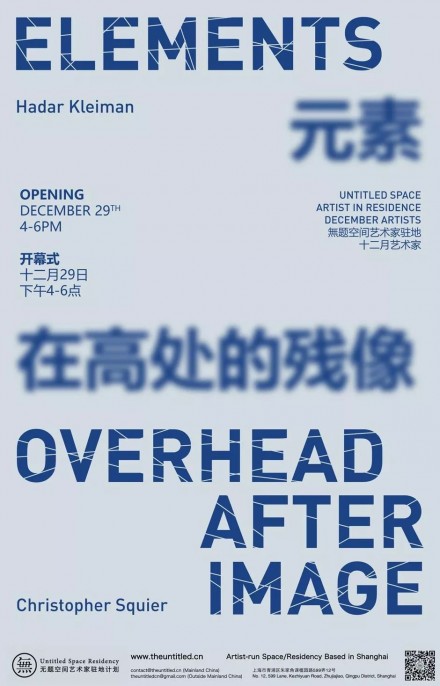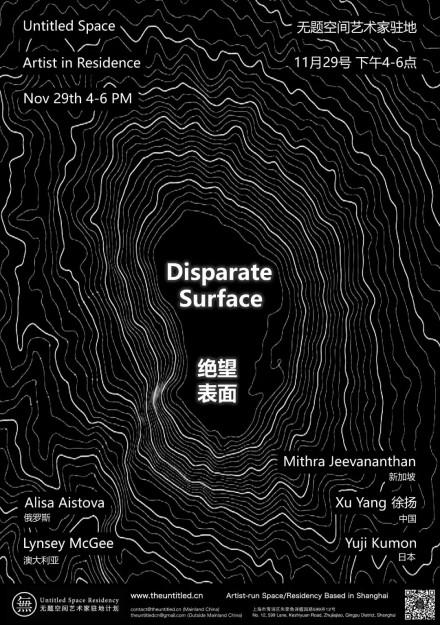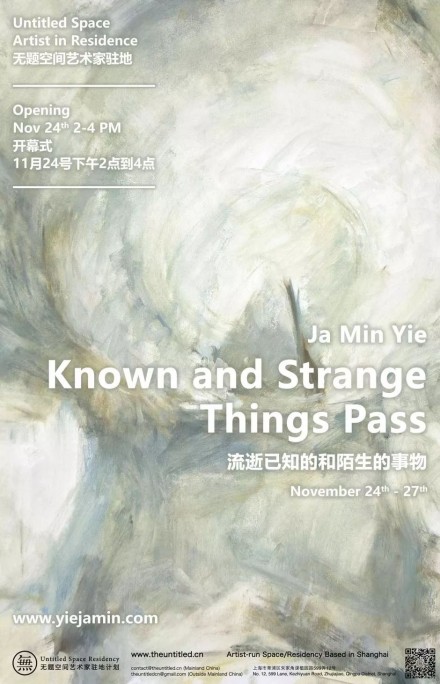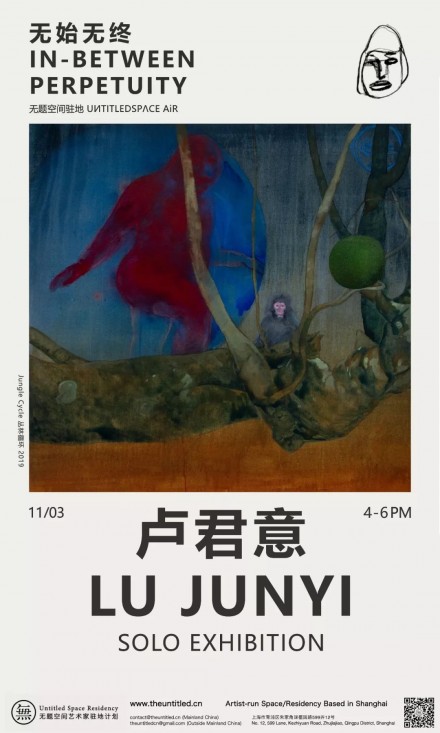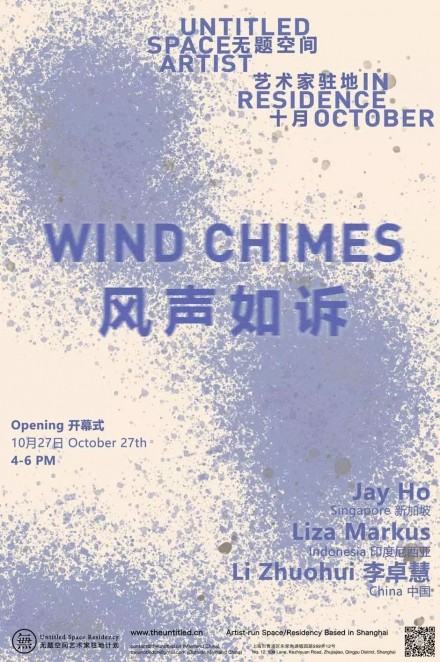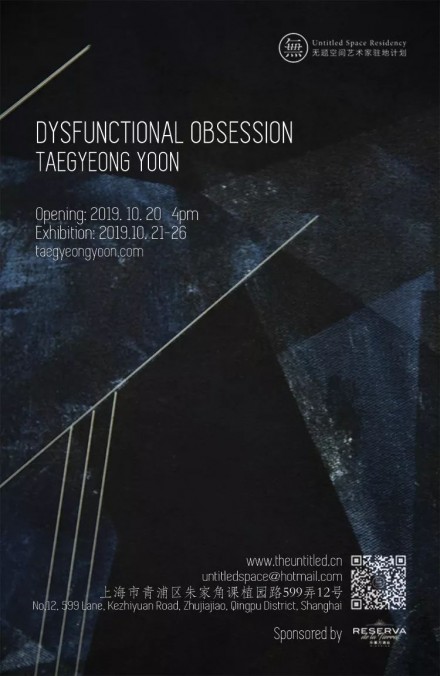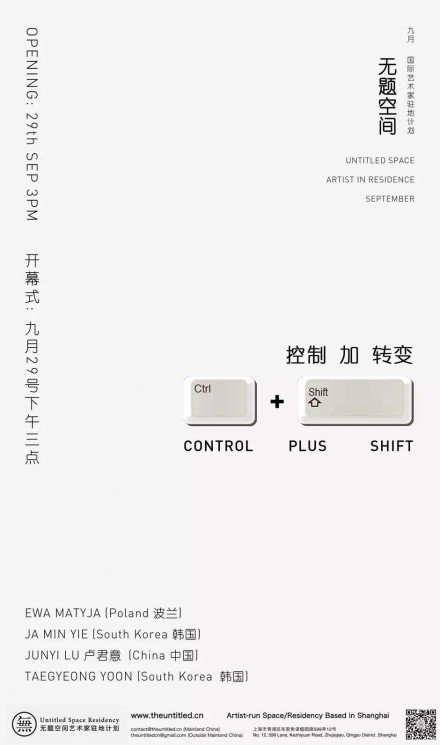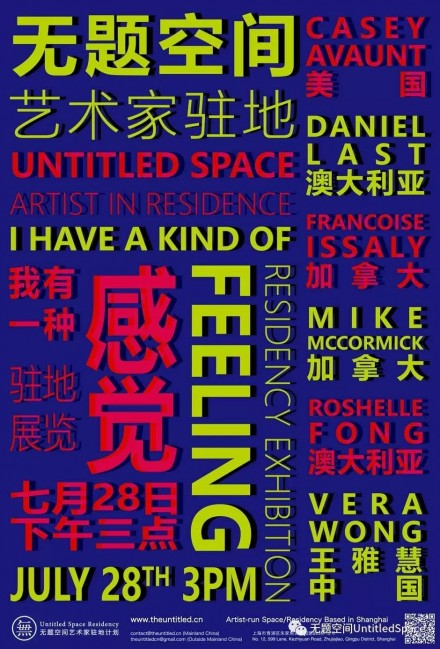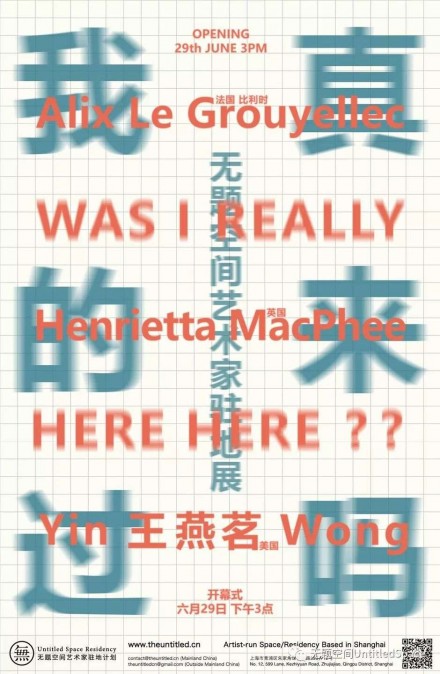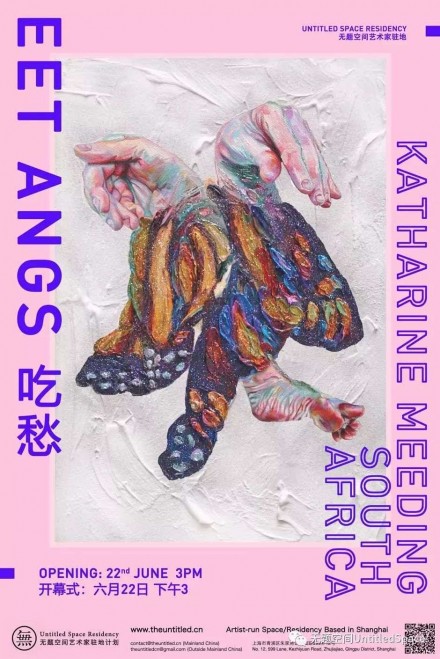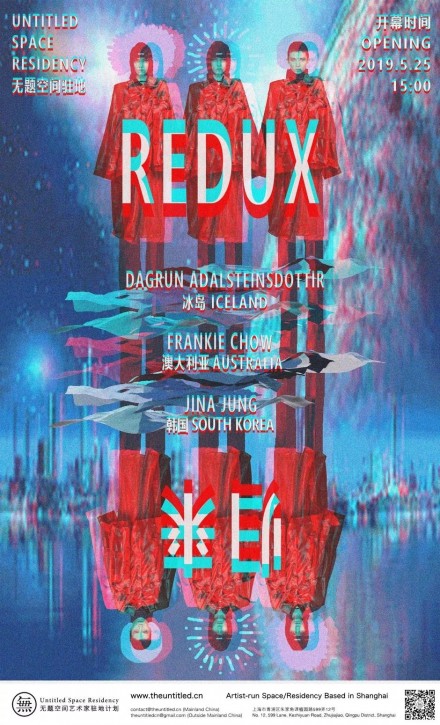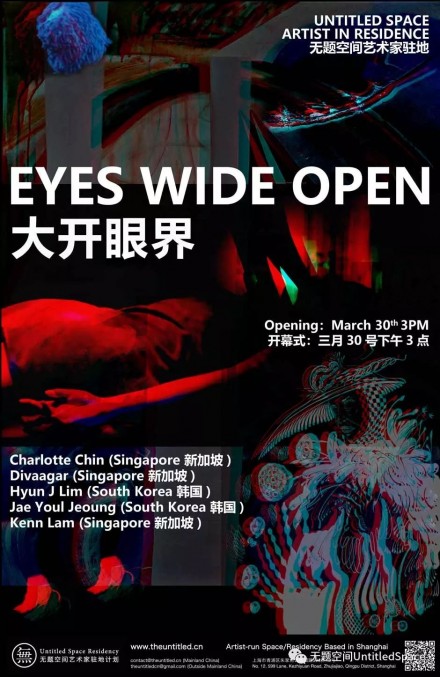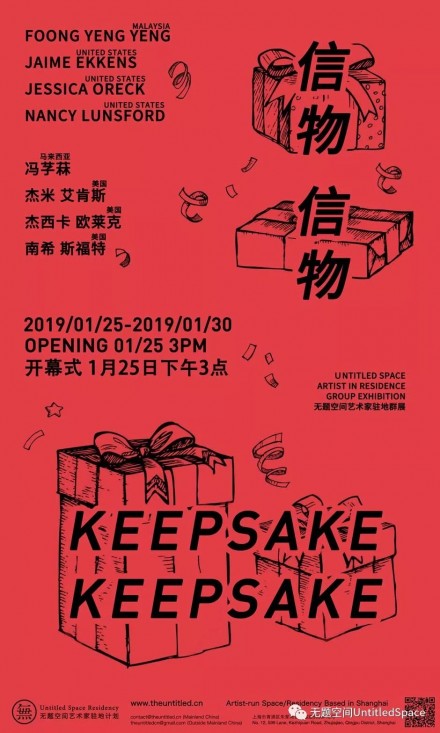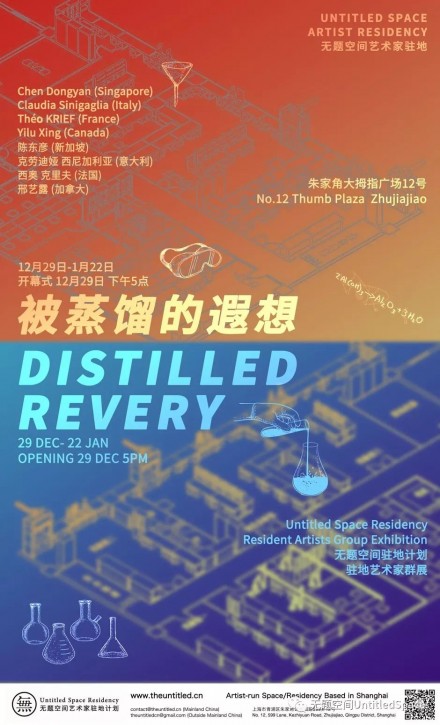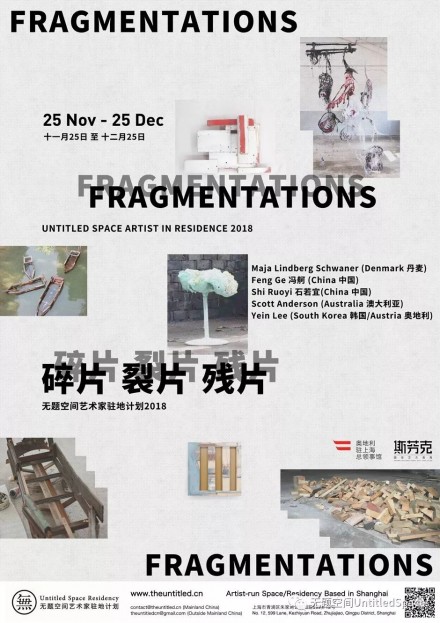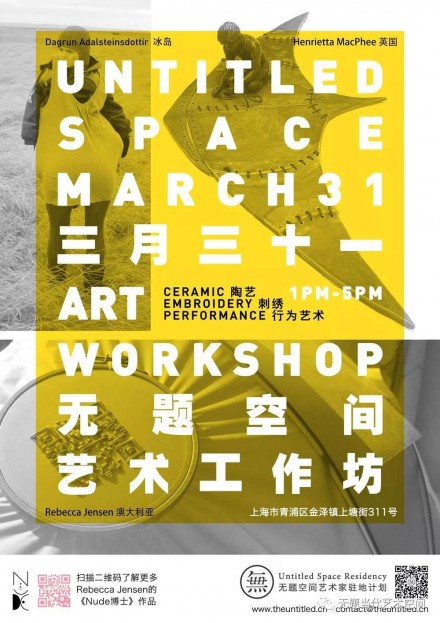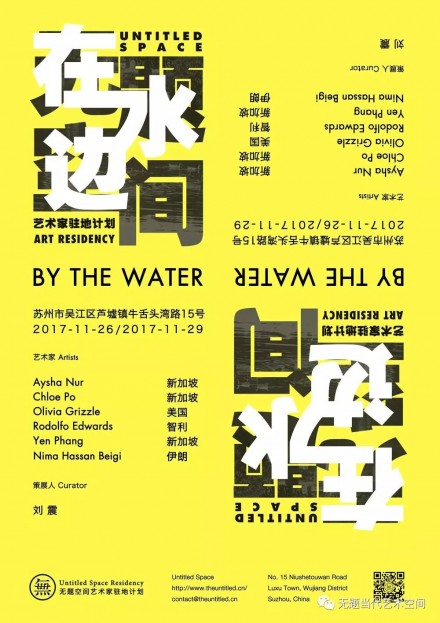Roberto Mongardini
Shakhnoza Muborakova
2025 June Artists in Residence
Residency Works Open Day
Residue
Luna Chen
Roberto Mongardini
June 28 (Saturday) 16:00, 2025
前言 Introduction
《残留》汇集了四位艺术家,他们的艺术实践涵盖装置、摄影、声音和表演。他们在驻地期间创作的这些作品,探讨了残留的事物:手势的痕迹、物质的褶皱、难以解读的文字,以及身体、语言和技术之间微妙的转换。
‘Residue’ brings together four artists whose practices unfold across installation, photography, sound, and performance. Created during their residency, the works engage with what remains: traces of gestures, folds in matter, unreadable scripts, and subtle transductions between body, language, and technology.
陈宇鑫 Luna Chen & Roberto Mongardini
作品由三位艺术家:Roberto Mongardini(作曲)与Luna陈宇鑫(视觉), 旺桐(低音提琴)联合呈现,以一场突破性的现场表演《跨越非理性阈值》(Crossing the Irrational Threshold)为核心,探索身体、神经活动与音乐之间的动态交互。作品通过实时捕捉表演者的肌肉张力与肢体动作,将这些生物特征信号转化为精妙的电子音效,叠加在原声低音提琴的演奏基础上,创造出持续演变、沉浸式的声景体验。
观众不仅能感受到传统器乐与电子即兴的碰撞,还将通过同步的视听反馈,亲眼见证神经数据如何动态重塑音乐。这场表演模糊了理性控制与直觉表达的界限,引领听众超越感知的阈值,进入一个生物电信号、现场音乐与数字艺术相互交融的超现实领域。
这是一次关于人类意识如何重塑声音的实验——一场音乐、技术与身体之间的深刻对话。
这件作品代表了表演者的一段神经认知之旅,他试图在与电子、与代码、与科技争夺自己的身体的控制权。在建立起能让电子设备成为其身体自然生长出的一部分之前,首先必须清晰地构建起一种心理的声音和影像,并强化身心之间的联系,从而能够充分地表达出来。这一过程还运用了视听反馈、生物反馈,增强了对动作、声音和电子科技设备之间的认识和整合。
This art work, a collaborative project by 3 artists: Roberto Mongardini (composing), Luna Chen (visual) and Wang Tong (double bass), centers around an groundbreaking live performance titled *Crossing the Irrational Threshold*—an exploration of the dynamic interplay between body, neural activity, and music. By capturing the performer’s muscle tension, and physical gestures in real time, the piece transforms these biometric signals into intricate electronic textures, layering them atop the acoustic foundation of a double bass to create an ever-evolving, immersive soundscape.
Audiences will not only experience the collision of traditional instrumentation and electronic improvisation but also witness how neural data dynamically shapes the music through synchronized visualsonic feedback. The performance blurs the boundaries between rational control and intuitive expression, guiding listeners beyond the threshold of perception into a surreal realm where bioelectric signals, live music, and digital art converge.
This is an experiment in how human consciousness can reshape sound—a profound dialogue between music, technology, and the body.
The work represents a neurocognitive journey for the performer, who seeks to gain control over his body in order not to be dominated by electronics. Before establishing mental associations that allow them to become a natural extension of the body, it is essential to clearly construct a mental sound image and to strengthen the connections between mind and body in order to express it fully. This process is further supported by audiovisual feedback, which enhances awareness and integration between gesture, sound, and electronics.
综合材料 Photography, UV-print, laboratory glass, and magnets.
九个 Nine pieces of 20 x 30 cm
一系列印有生物无意义文字的照片,难以翻译:真菌生长、细胞图案、石头或沼泽。每块玻璃板都层叠着有机过程中照片拼贴的纹理,以及雕刻并印制在实验室玻璃上的无意义铭文。
A series of photographic prints on bio-asemic scripts that resist translation: fungal growths, cellular patterns, stones, and swamp. Each glass panel layers photo-collaged textures from organic processes and substrates with asemic inscriptions, engraved and printed onto laboratory glass.
综合材料 Paper, xuan paper, wood, hardwax oil
正如吉尔·德勒兹在《The Fold: Leibniz and the Baroque》中所阐述的,褶皱不仅仅是一种视觉或物理姿态,更是一种形而上学的操作;一种世界通过持续的变形来表达自身的方式。
对德勒兹而言,褶皱象征着物质的思考方式,灵魂如何融入肉体,以及主体性如何并非以本质而是以调制的方式显现。它抗拒内外二元的界限,反而暗示着一个不断向内翻转的表面,形成新的内部空间。当通常不被注意的事物成为主角——汇聚所有目光,静静地闪耀——它便是一种时间的拓扑结构,被无形的力量触及和塑造。
The fold, as articulated by Gilles Deleuze in The Fold: Leibniz and the Baroque, is not merely a visual or physical gesture but a metaphysical operation; a way the world expresses itself through continuous inflection.
For Deleuze, the fold is how matter thinks, how the soul twists into the body, and how subjectivity emerges not as essence but as modulation. It resists binaries of inside and outside, suggesting instead a surface that endlessly turns in on itself, forming new interiors. When what is usually unnoticed becomes the main character – gathering every gaze, quietly luminous — it is a topology of time, touched and shaped by invisible forces.
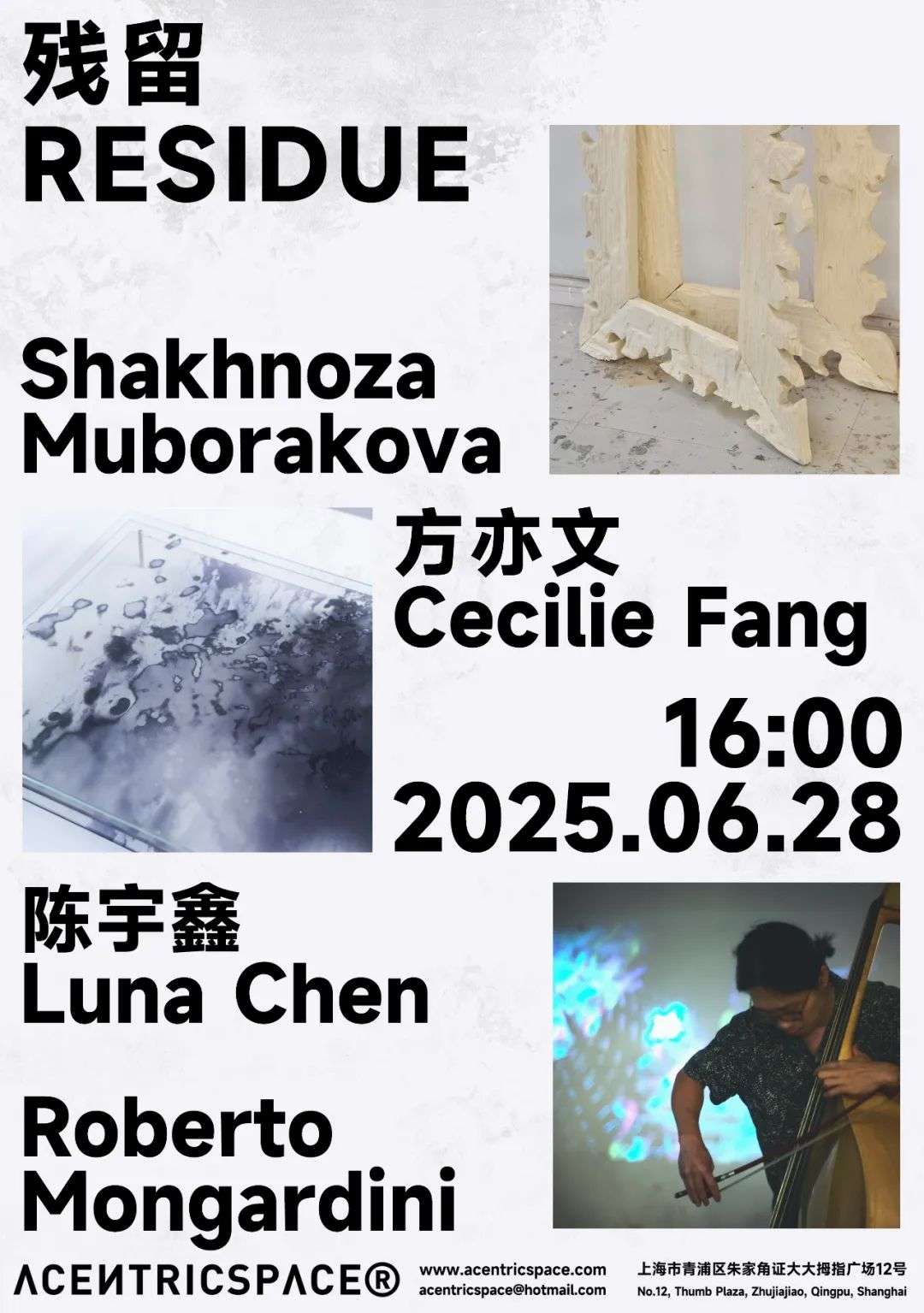
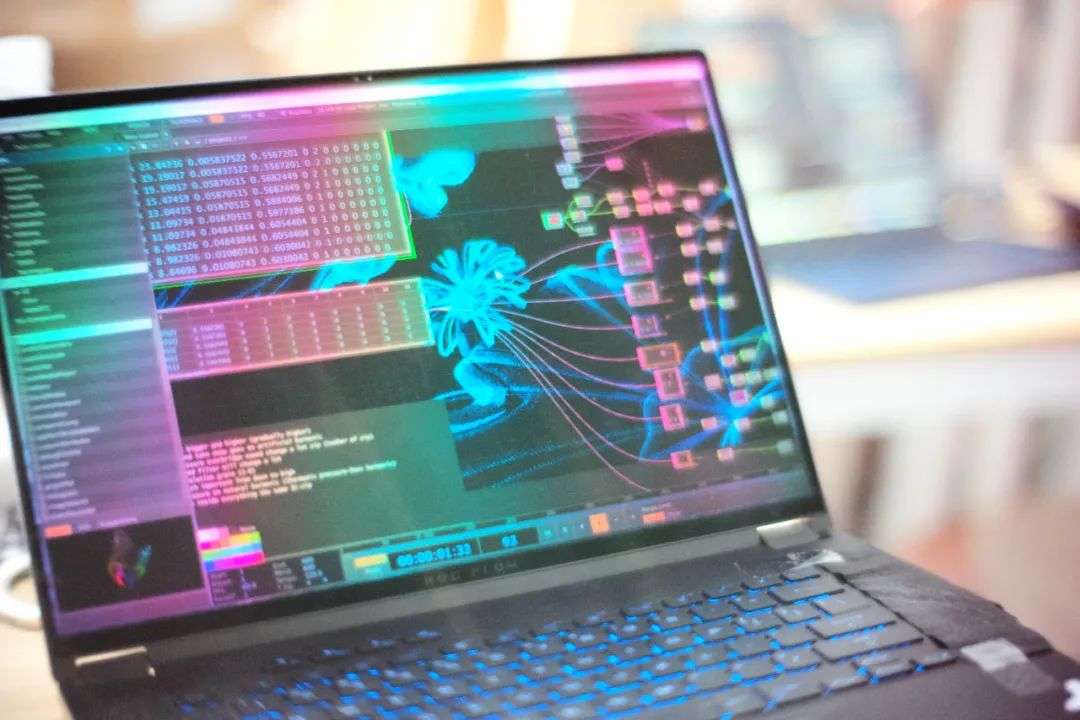

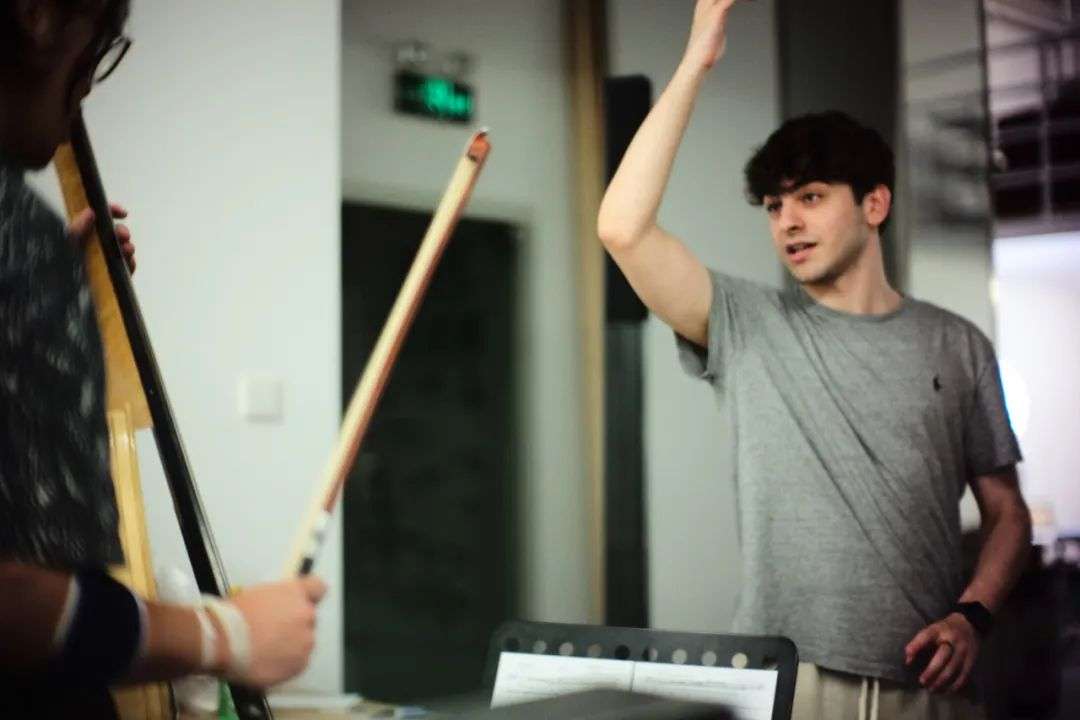
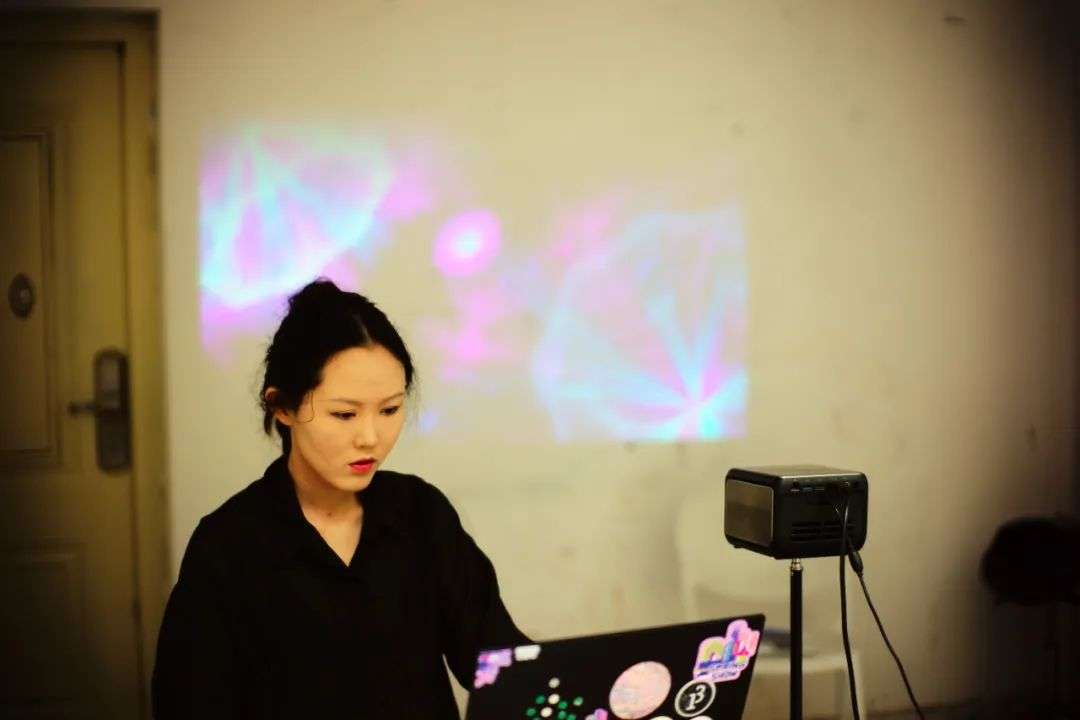
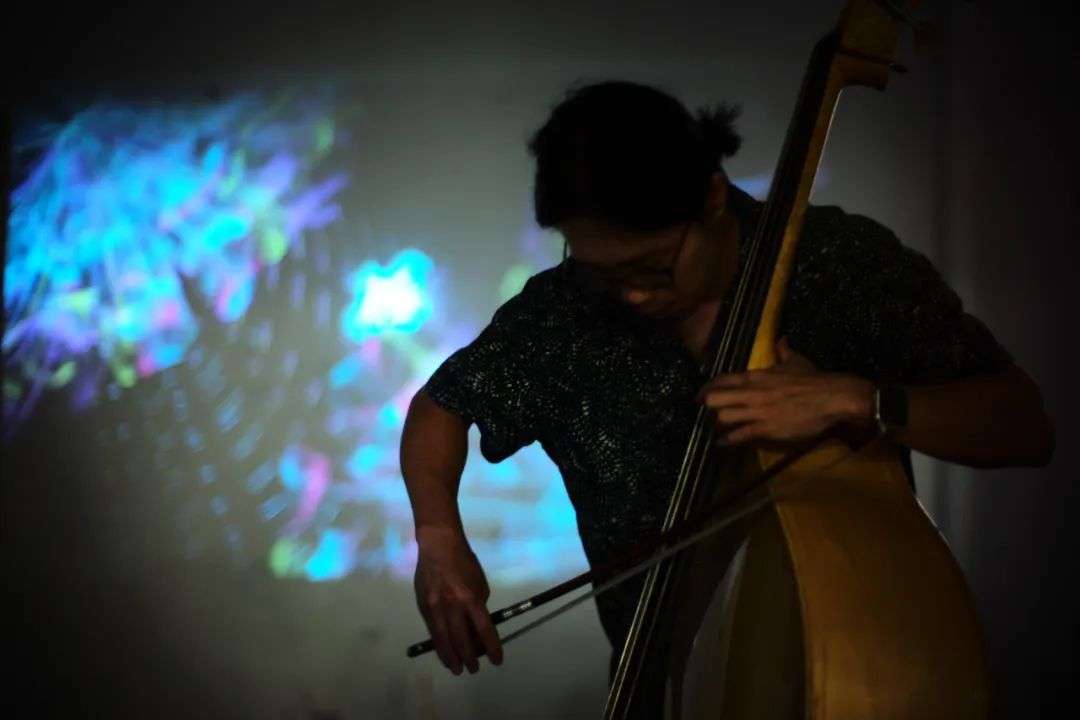
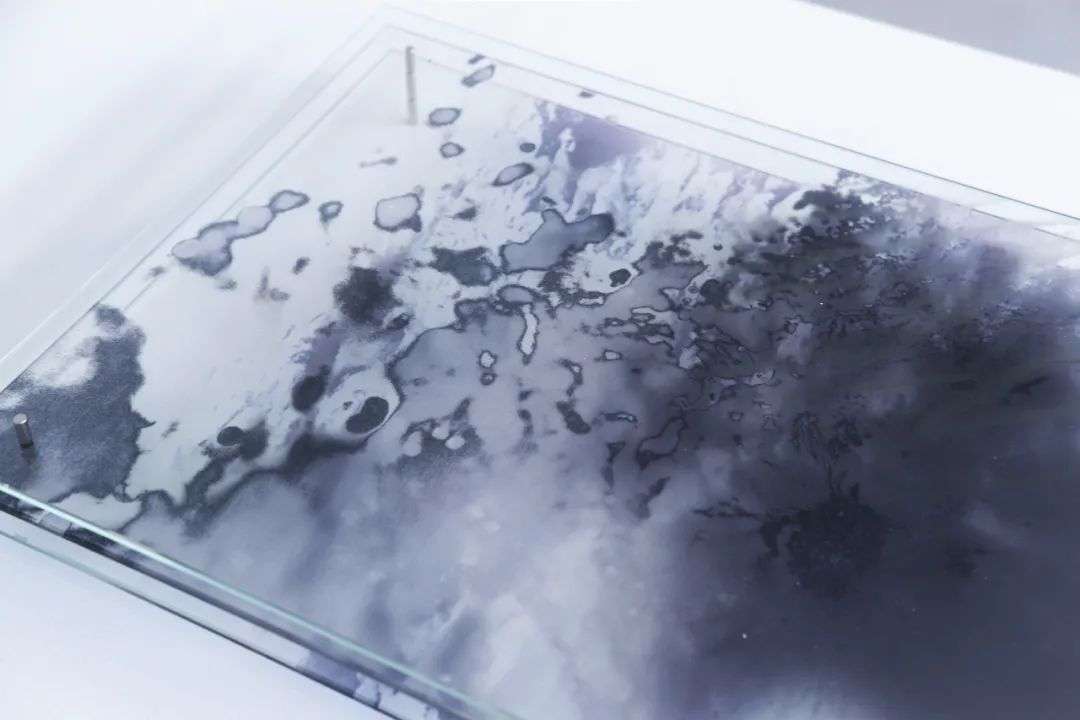
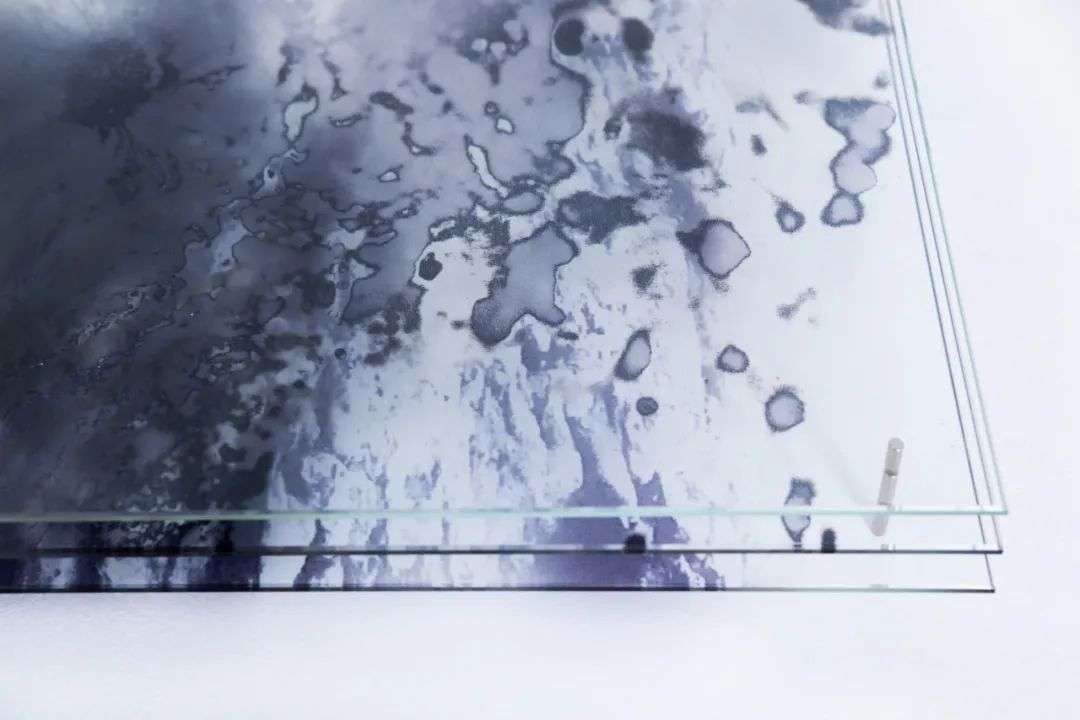
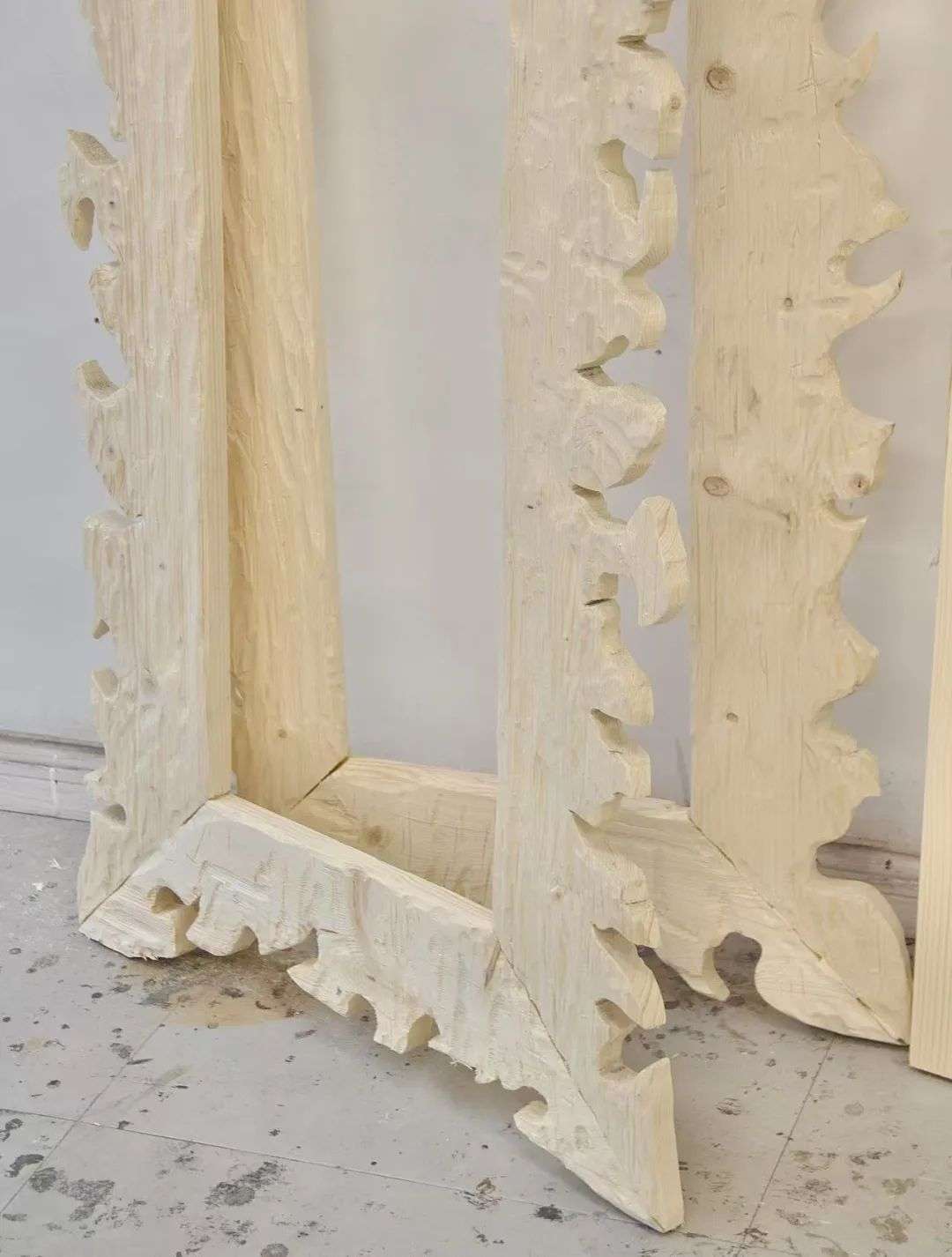
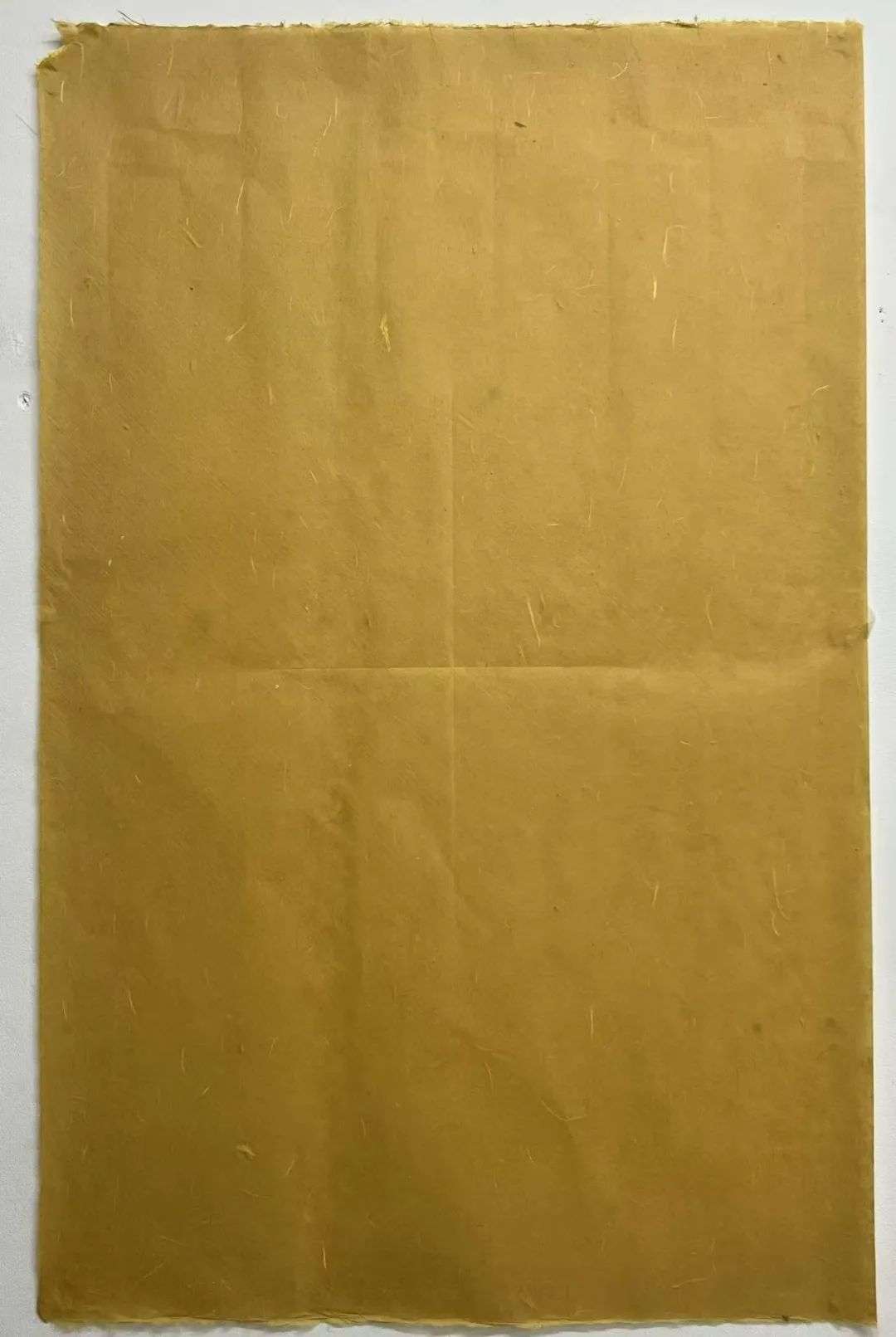

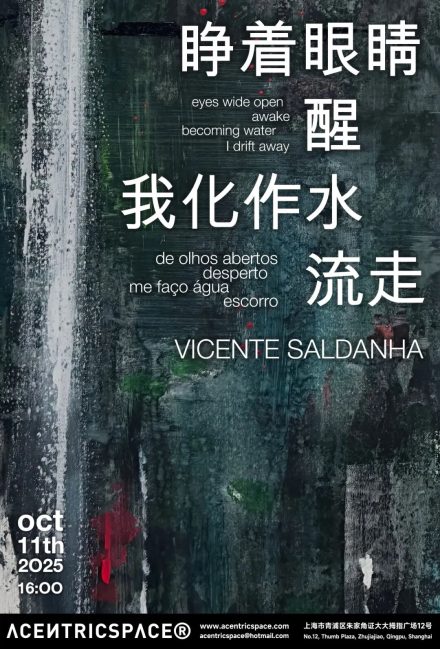
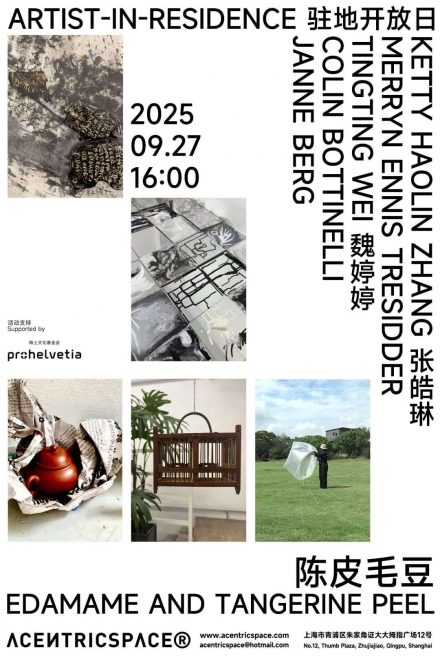
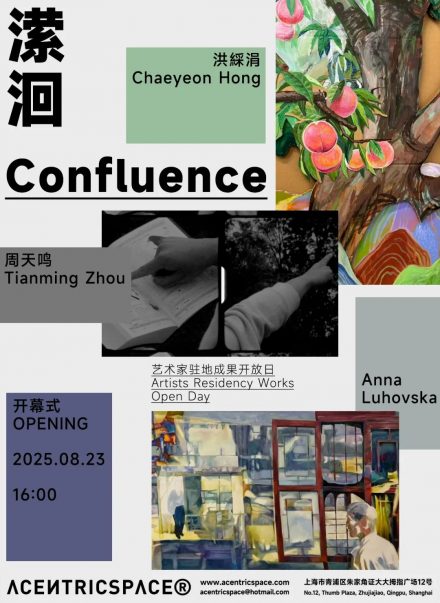

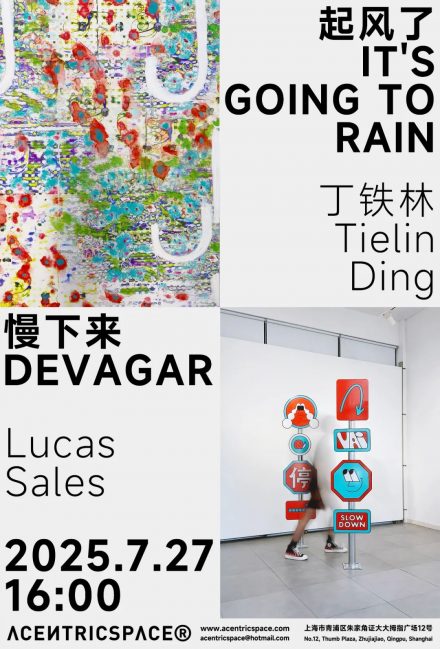
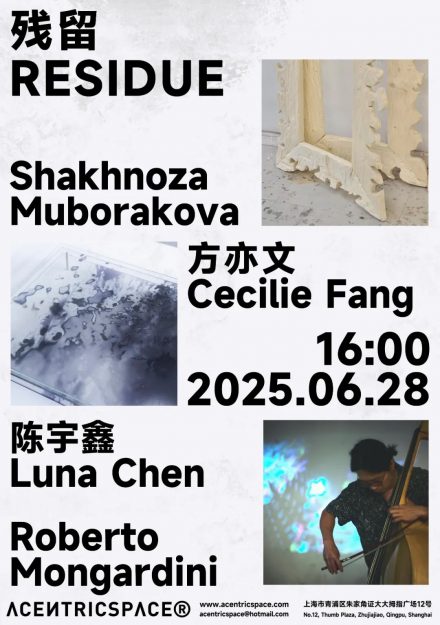
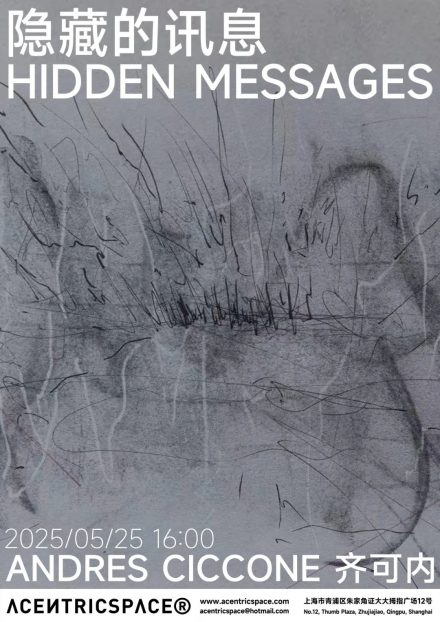
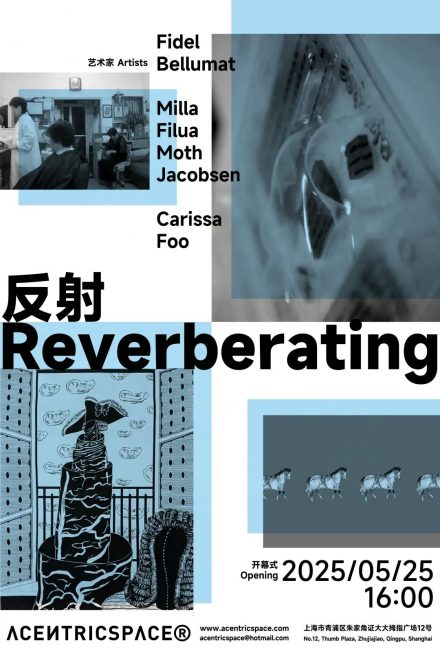
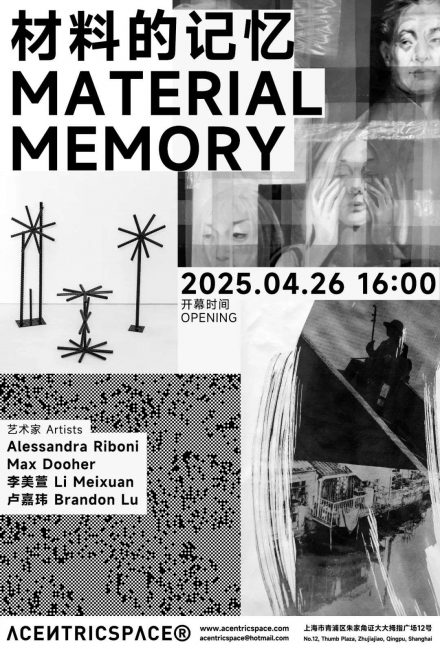
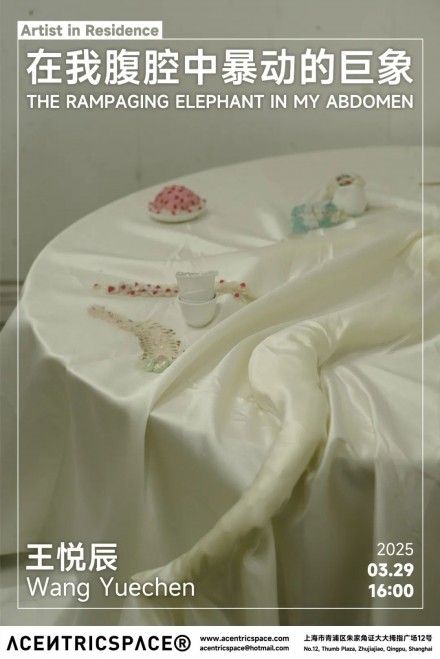
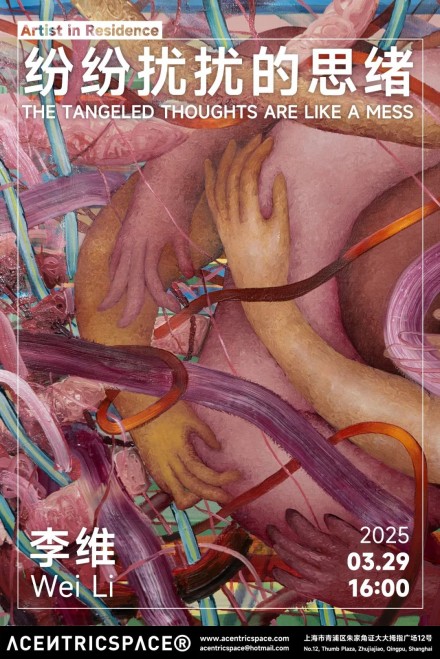
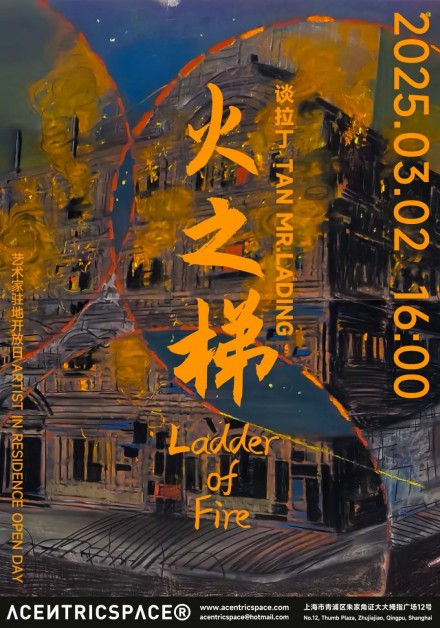
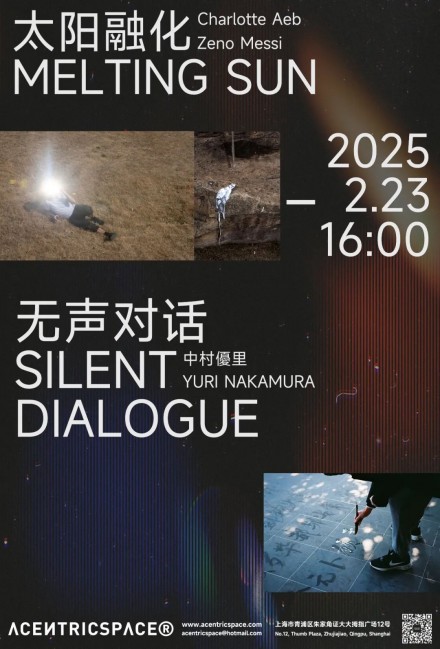
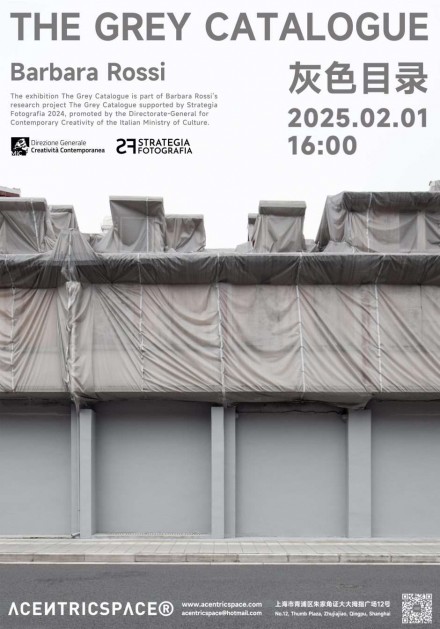
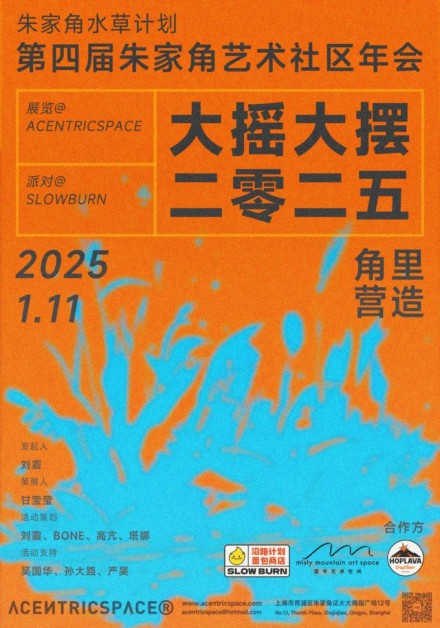
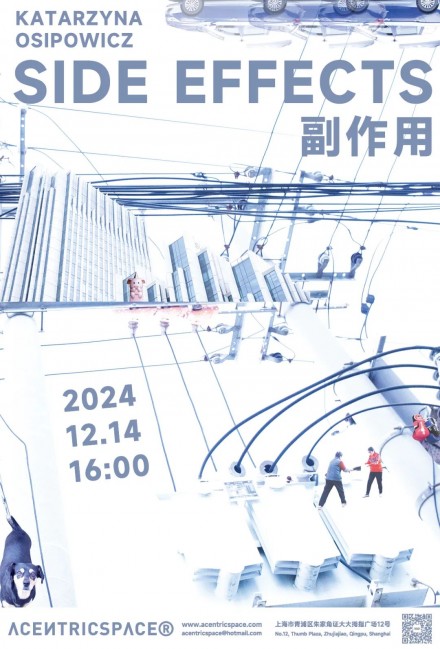
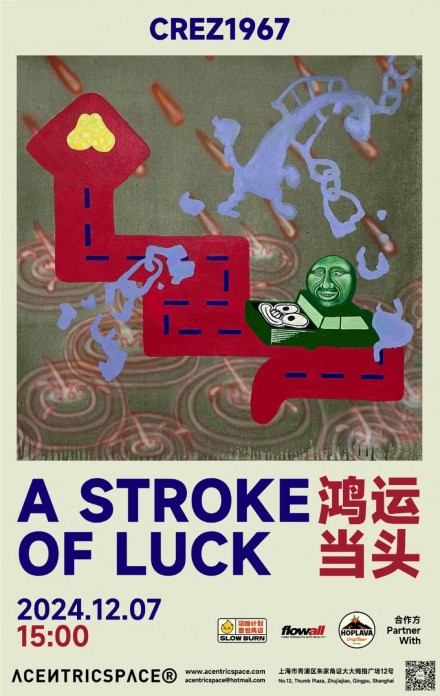
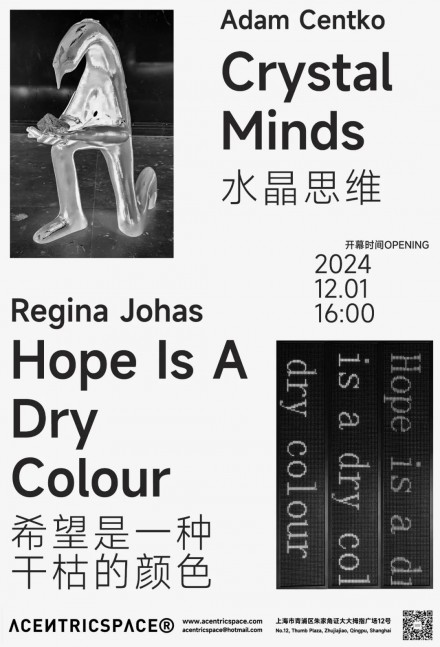
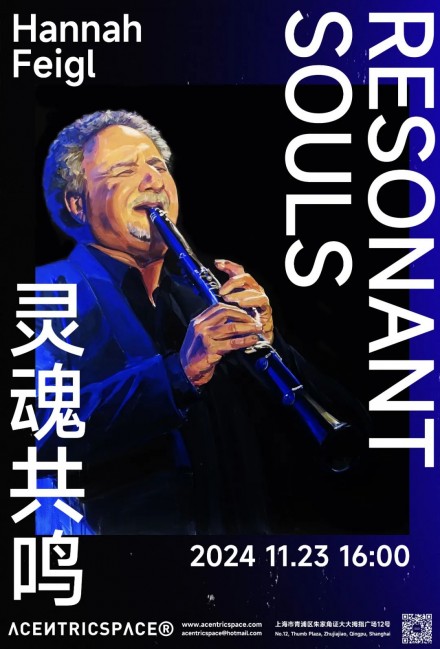
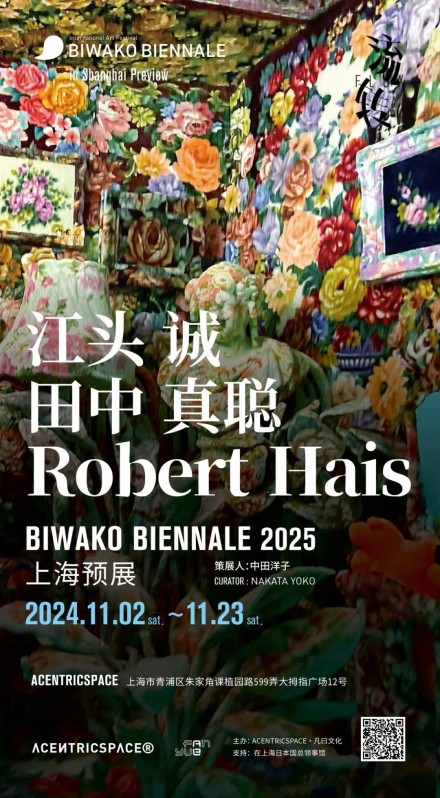
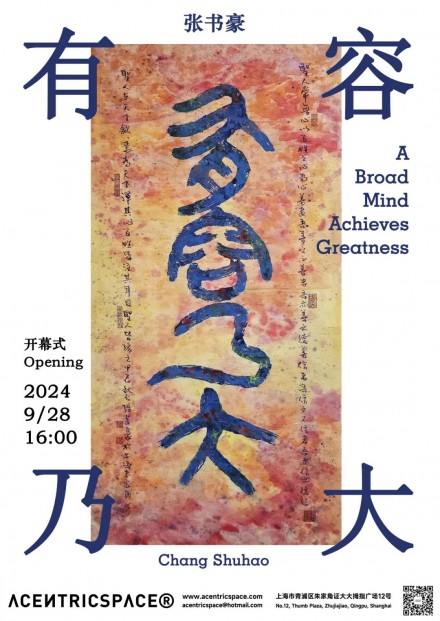
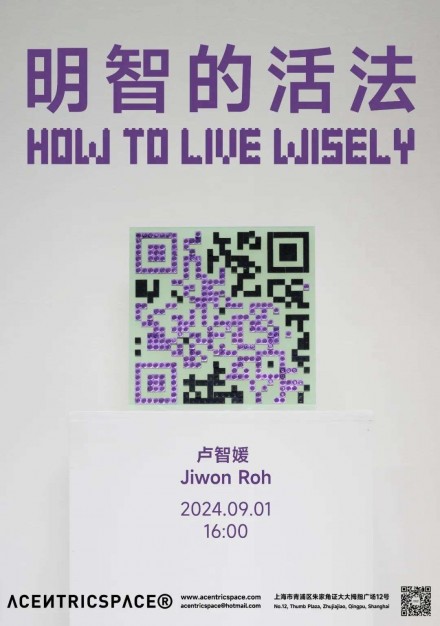
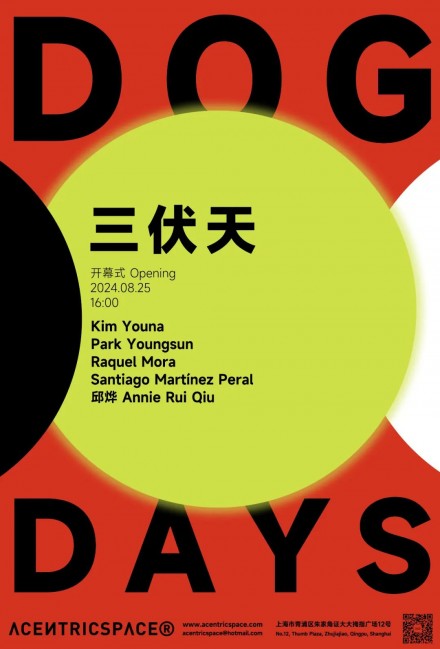
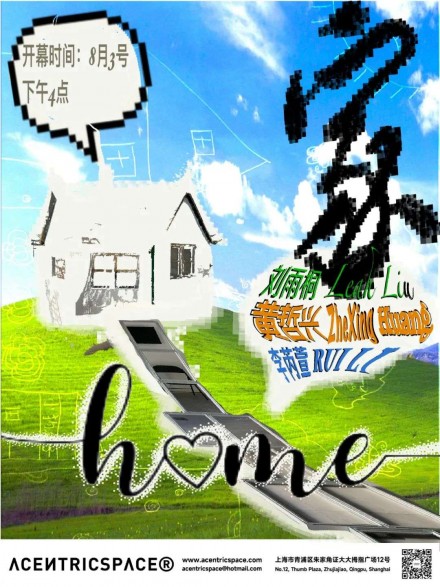
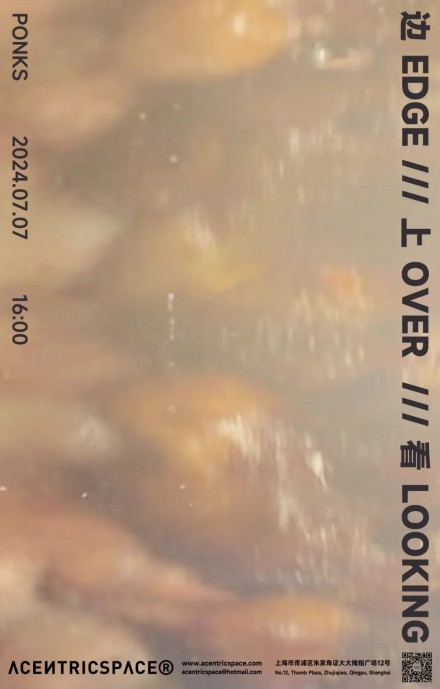
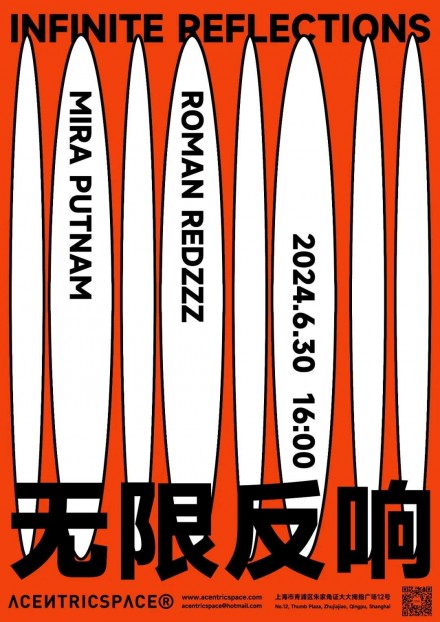
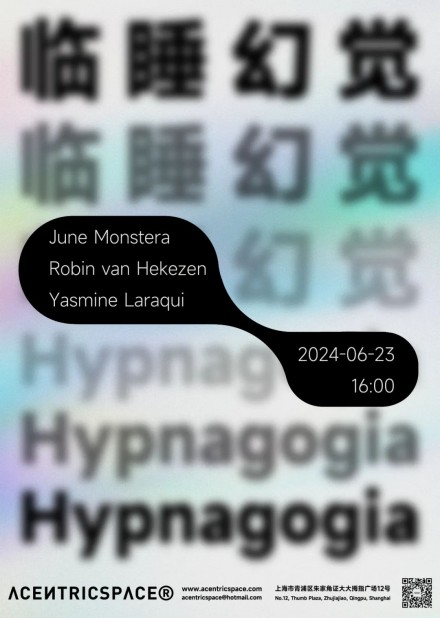
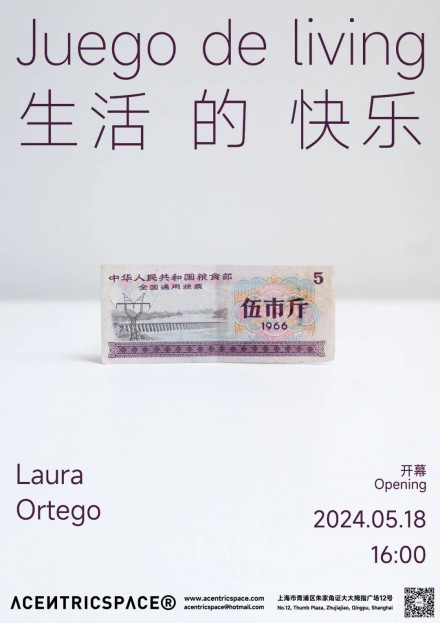
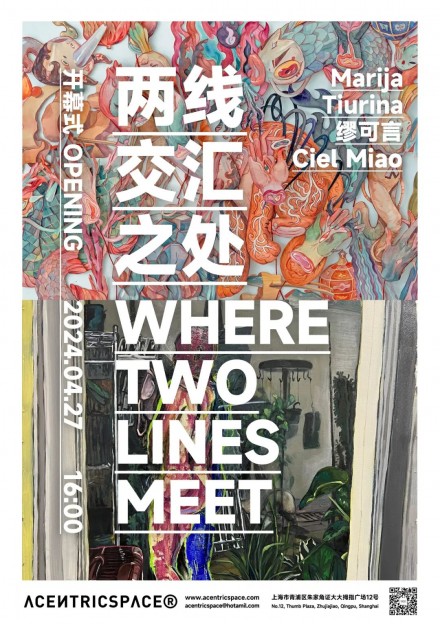
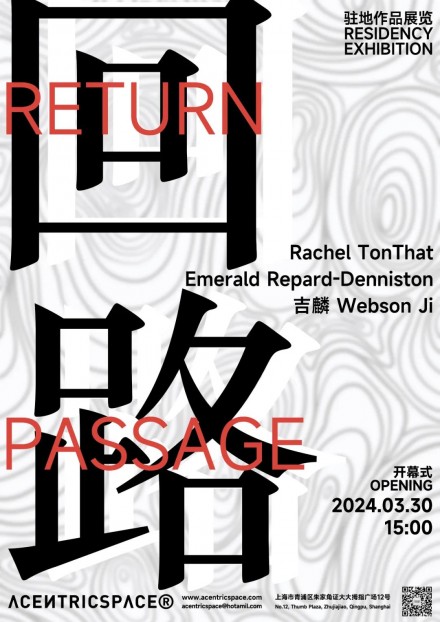
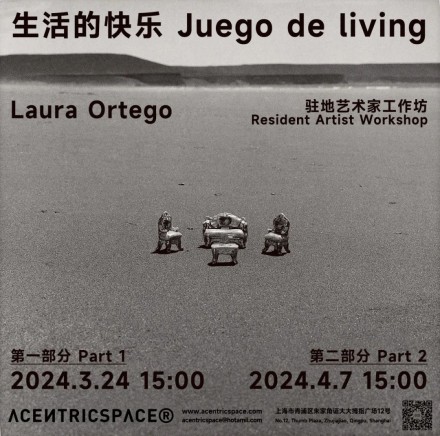
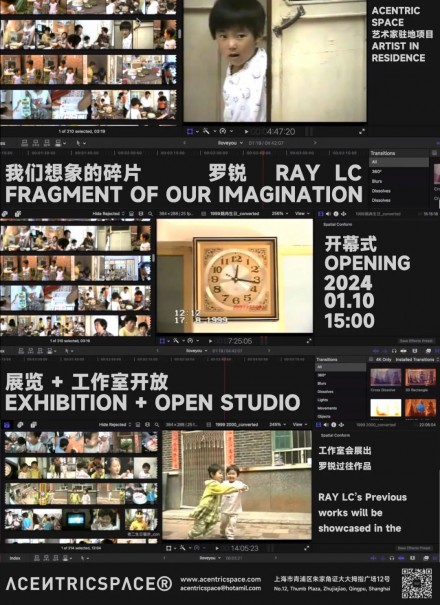
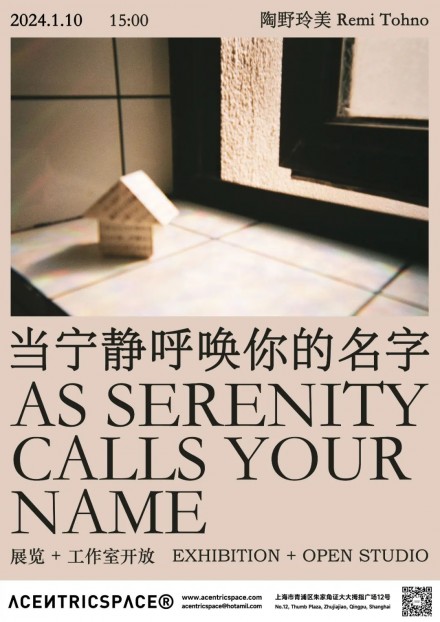
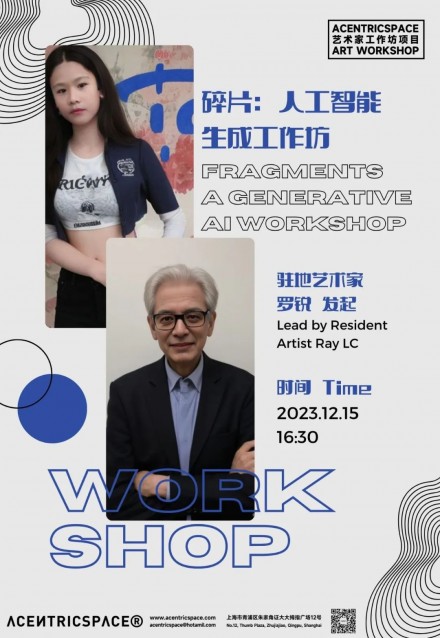
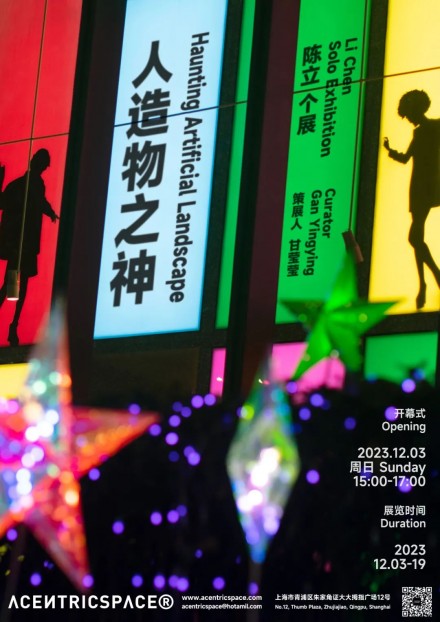
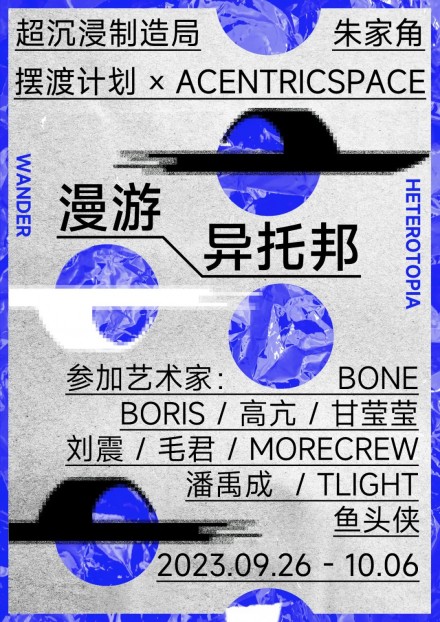
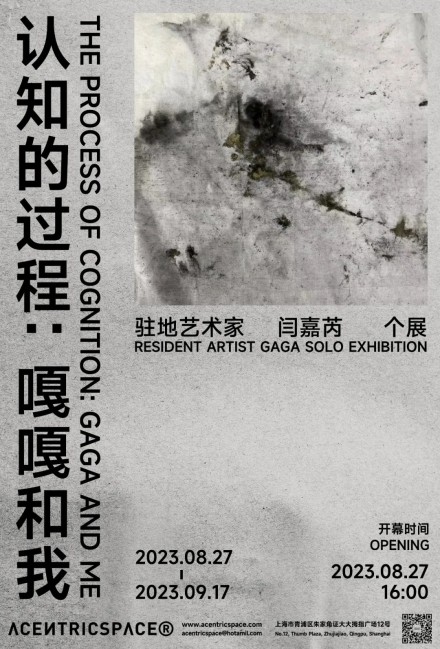
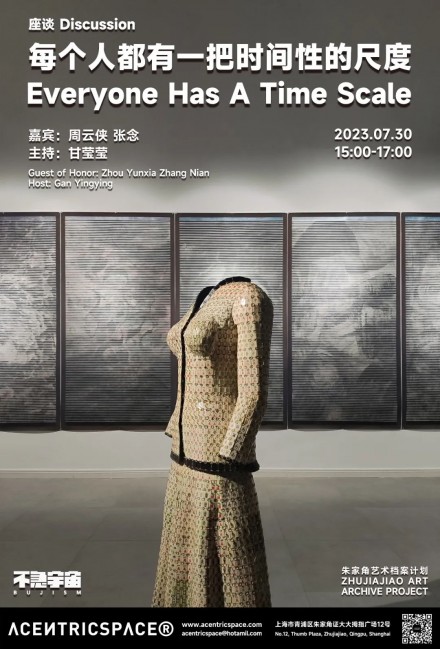
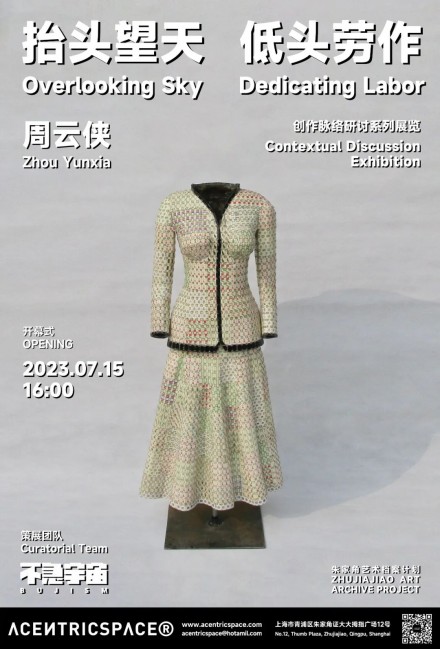

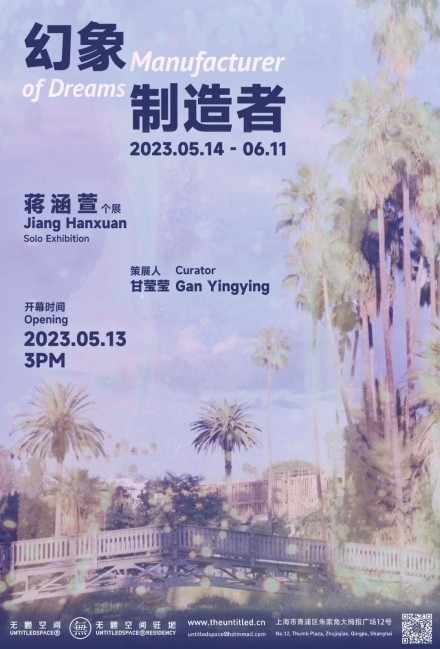
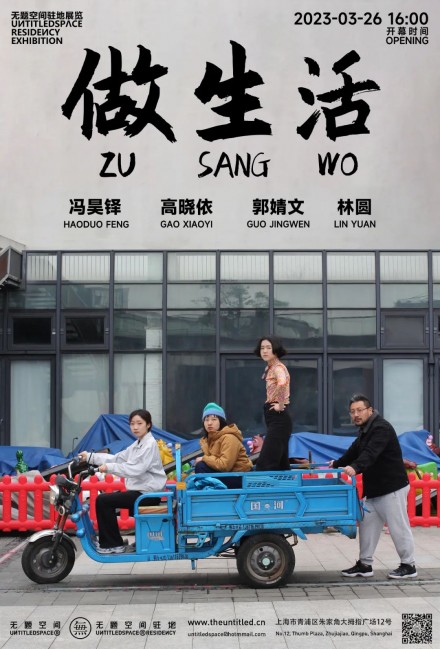

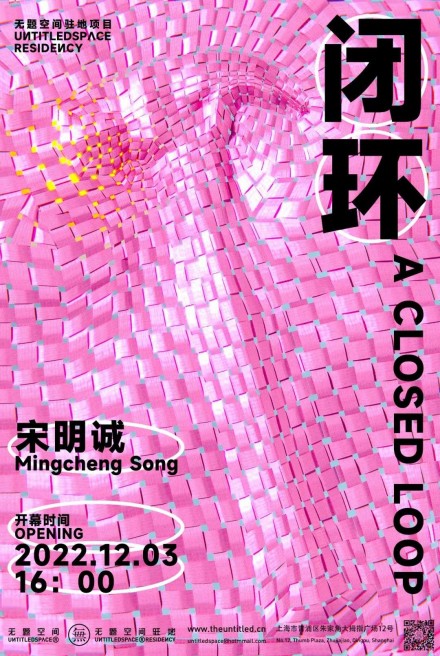
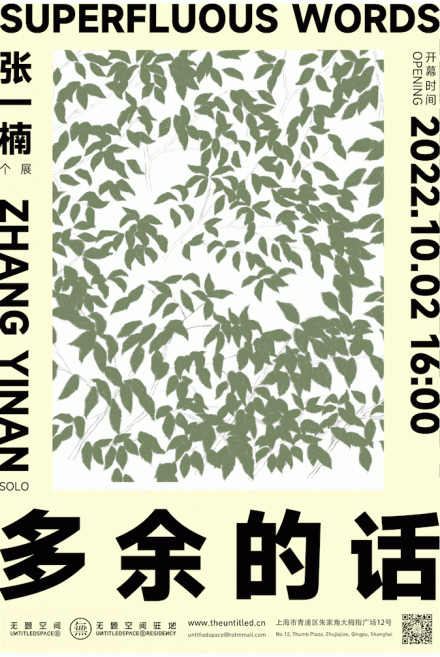
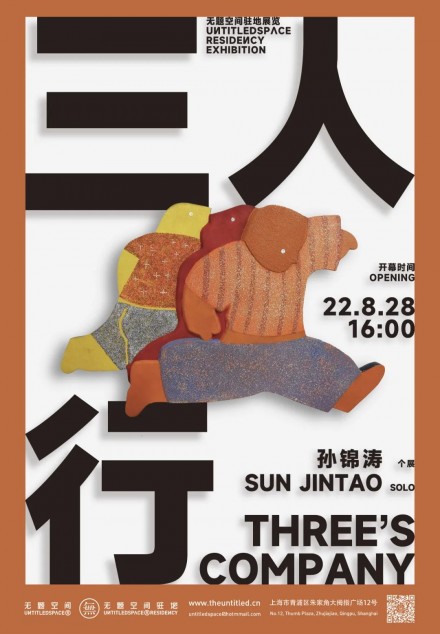
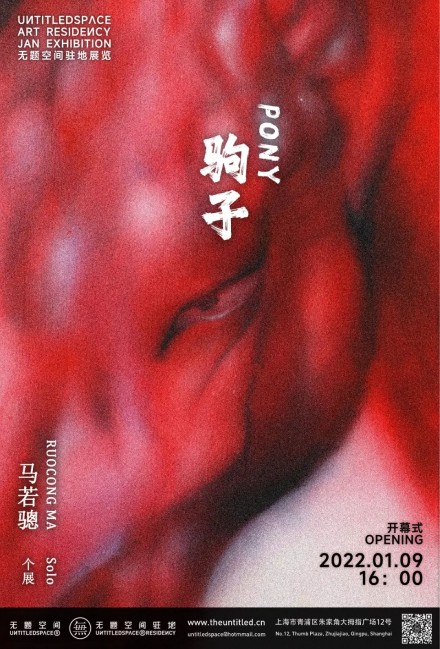


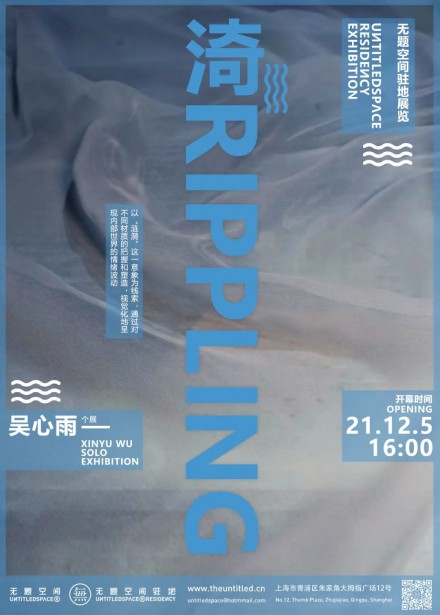
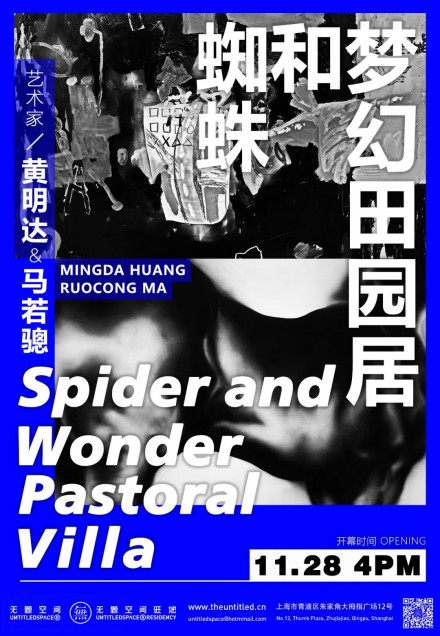
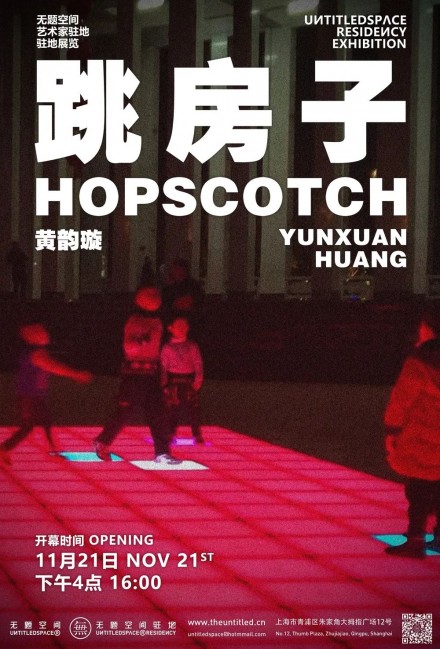
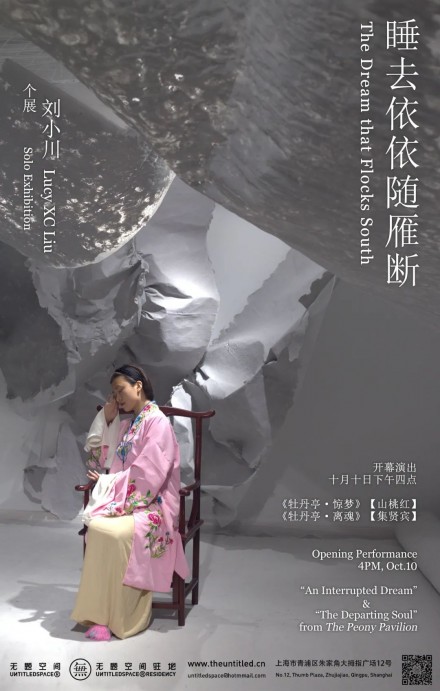
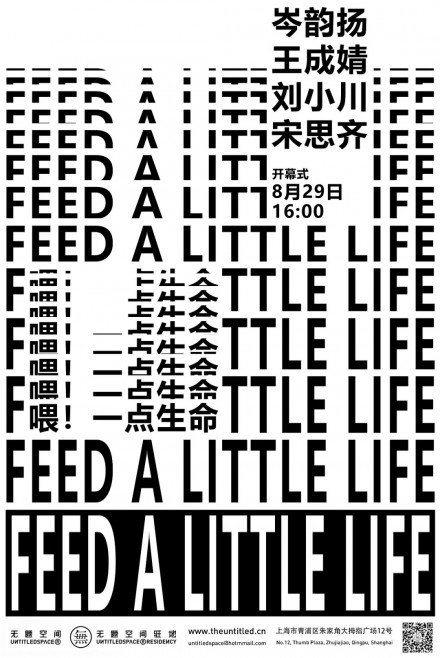

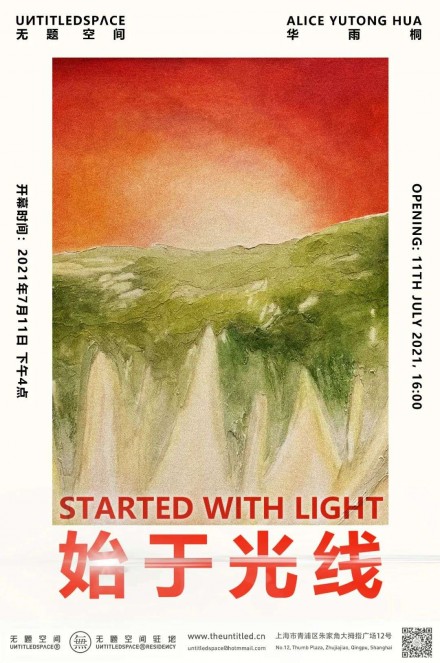

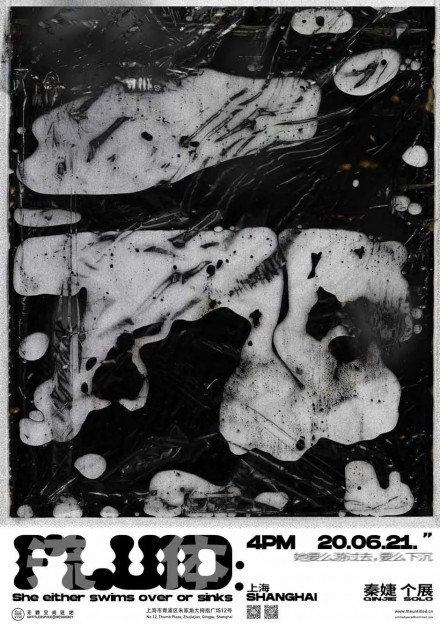
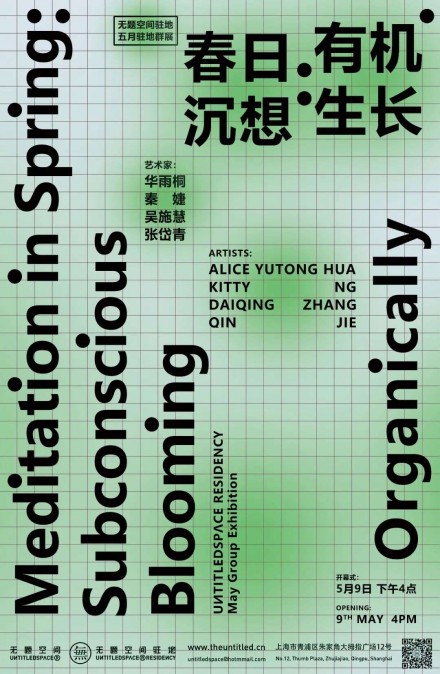

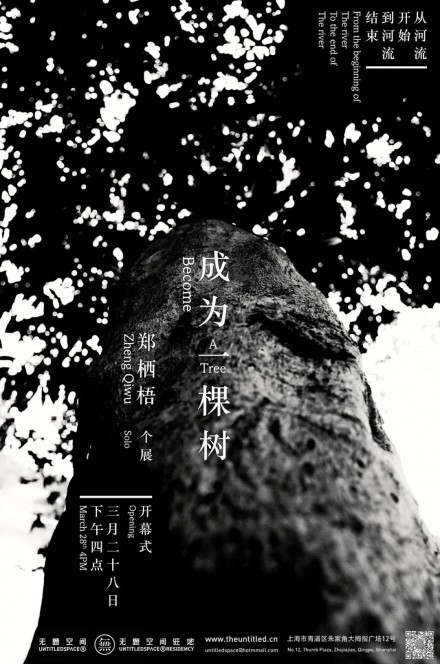
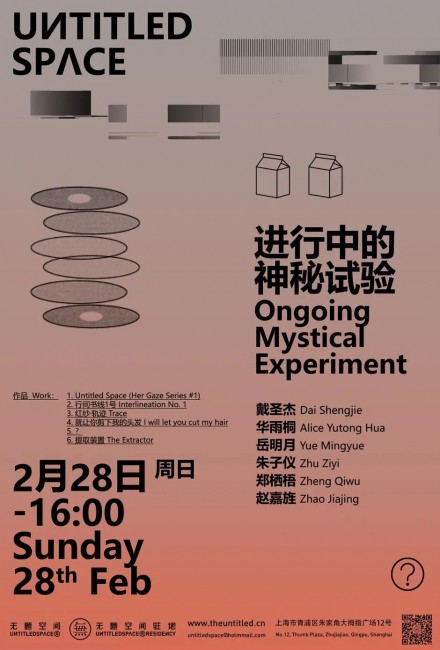
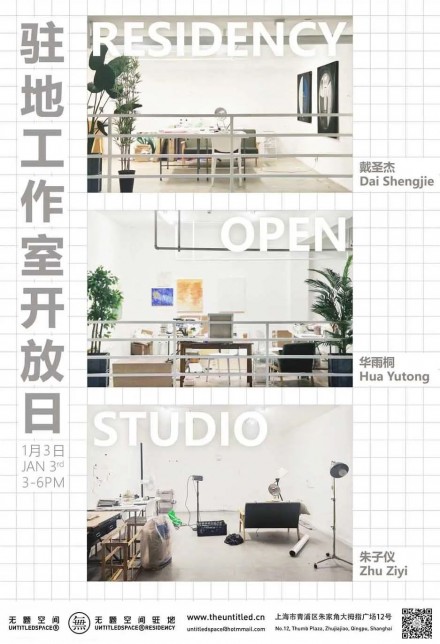
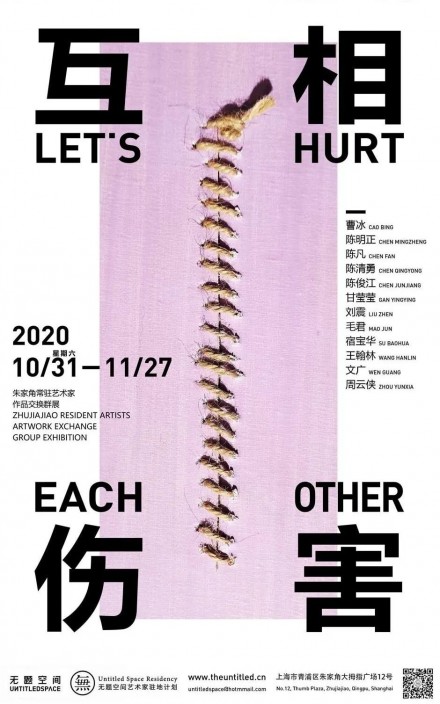


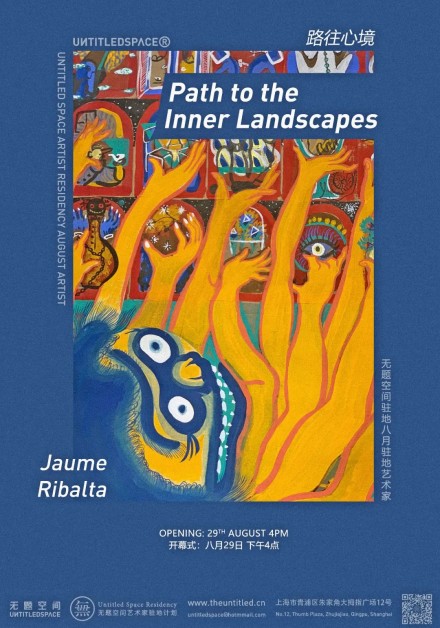
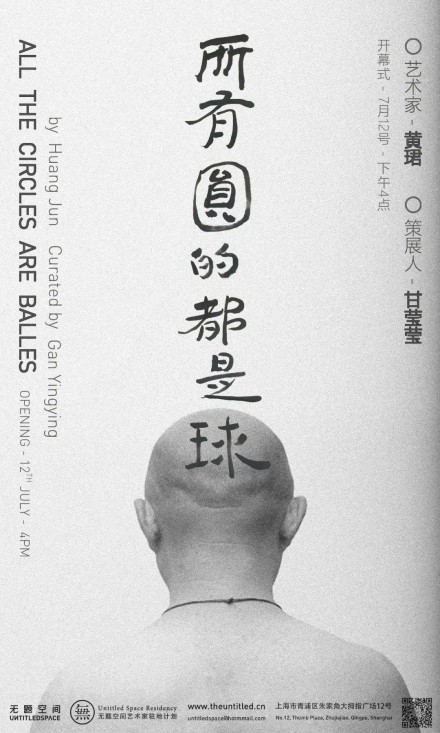
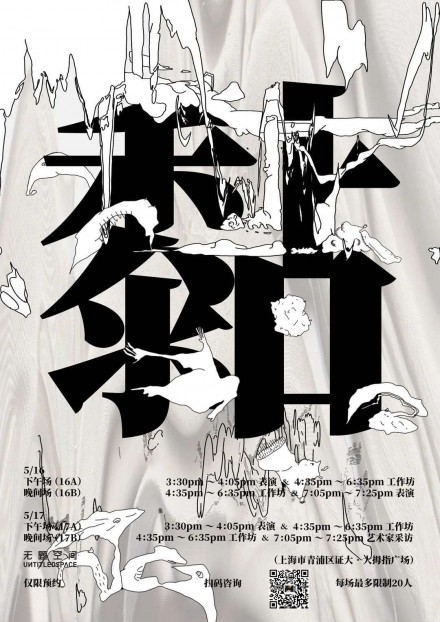
![[超]灾变论 [Hyper-]Catastrophe Theory 舜 Shun](http://www.acentricspace.com/wp-content/uploads/2024/04/wxsync-2024-04-17e42ddfe2087d093ffcdad3f414da34-440x625.jpeg)
